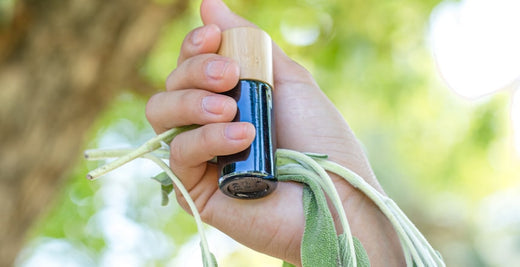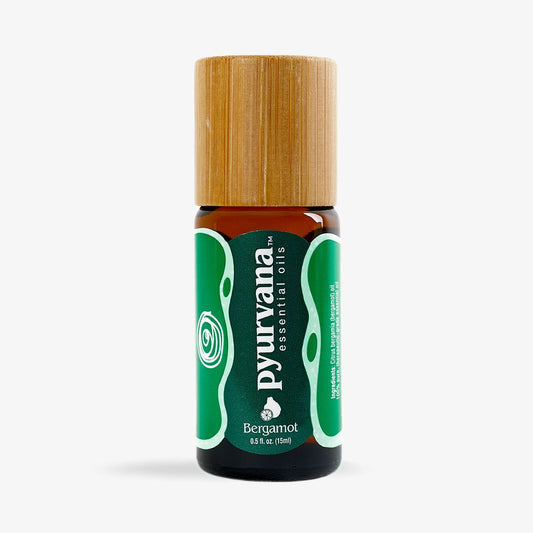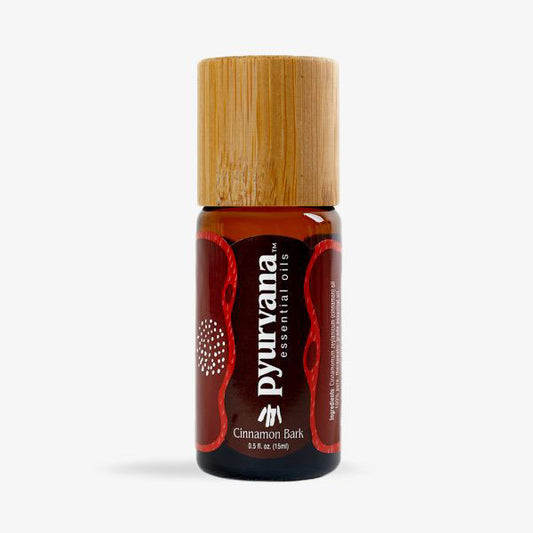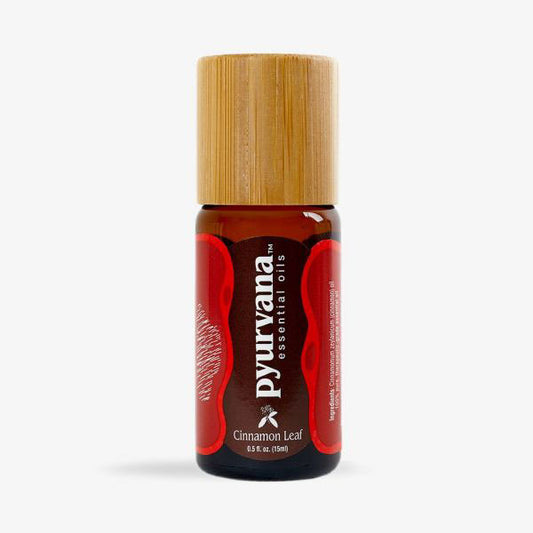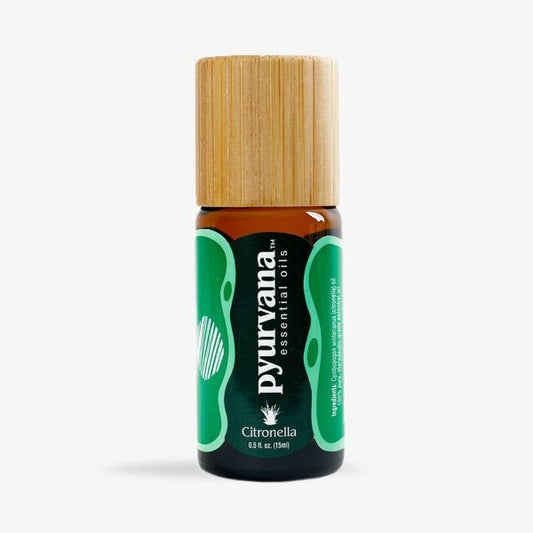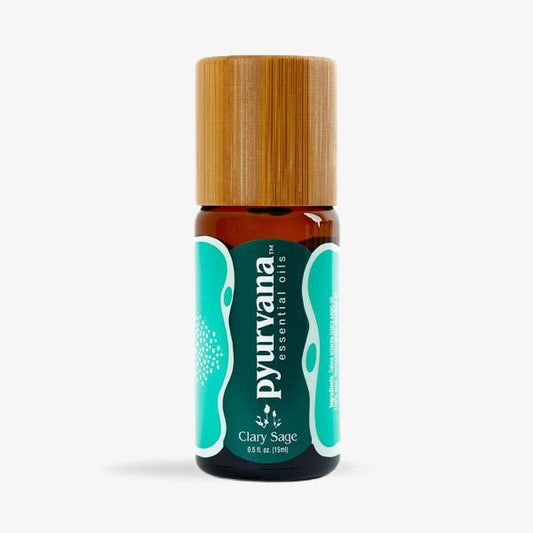Essential oils are a great way to create a spa-like skin care experience for yourself. Before you apply fresh-cut cucumbers to your eyes and wrap that new robe mom gifted to you over the holidays, it is important to know how to safely use essential oils for skin care.
Here are some tips for topical essential oil use:
Applying Essential Oils to Skin
Follow these steps to use essential oils topically:
1. Pick your favorite essential oil.
2. Dilute your essential oil with your preferred carrier oil. We recommend using three drops of essential oil in four teaspoons of carrier oil for facial applications or three drops of essential oil in one teaspoon for other areas. Depending on the sensitivity of your skin, you may wish to lower the concentration.
3. Test the essential oil on a small area of your skin to prevent any possible irritation. (We’ll describe this in detail later in the article.)
4. After you’ve tested the oil and have the diluted mixture ready, apply this to the desired area with the palm of your hands. Alternatively, you can put the diluted oil in a misting bottle for a more even application.
The Importance of Carrier Oils
Before applying any essential oil to your skin, you need to dilute it with a carrier oil. Although both are oils, these are two different things and are used differently. Essential oil is highly concentrated and contains the “essence” of the plant, whereas a carrier oil is a vegetable oil that can be applied directly to your skin. It is known as a carrier oil because it carries the essential oil. We recommend fractionated coconut oil or jojoba oil for dilution.
Testing Essential Oils On Your Skin
Before using essential oils topically, you should complete a patch test. A patch test helps you determine whether you will have irritation or another adverse reaction to the oil you plan to use. This is especially important for anyone with sensitive skin.
Before starting your patch test, clean an area of your forearm to make sure the skin is clean. Add a few drops of diluted essential oil. After, place a bandage over the area and check the spot after 24 hours. If any adverse reaction occurs, contact a health care professional and do not apply any more of the oil. If you do not develop any irritation after 24 hours, you can continue with a wider topical application. We recommend performing this test with the carrier oil alone, then with any essential oil you wish to use. This allows you to more easily determine what is causing a reaction – if one occurs. Keep in mind that you should test each new essential oil before use.
Sun Exposure
Some oils can cause an adverse reaction when exposed to sunlight. This is known as phototoxicity. In order to safely use essential oils on your skin, you need to know how to reduce the risk associated with sun exposure.
Wait 24-48 hours after using any essential oil before exposing your skin to direct sunlight. This is especially important for phototoxic oils and this category includes all citrus oils. If you do go outside after using essential oils for your skin, apply sunscreen. When possible, try to stay in the shade or wear protective clothing. If you notice any adverse reaction, consult a doctor. Failing to do so could result in permanent skin damage.
Adverse Reactions to Essential Oils
It is also important to know the possible side effects of using essential oils. Even though essential oils are natural, it is still possible to have an allergic reaction or for oils to affect you adversely. This is especially true if you have a health condition or are taking medication.
Applying essential oils to the skin could cause itchiness or irritation. If you have respiratory problems, it is important you consult with a doctor regarding diffusion and topical use, as even applying the oil to your skin will result in some inhalation. Lastly, using too much of any essential oil or exposing yourself to it for a long period of time could result in overexposure, even if the oil does not normally cause an adverse reaction.
Essential oils are safe to use for most individuals, but it is important to make informed decisions about how to use them and to always put your health first. Please consult a doctor or to learn more about safe essential oil use and any individual factors you should consider.
The Best Essential Oils for Skin Care
Here are some essential oils we recommend safely applying to the skin:
Lavender
Lavender oil has a calming scent and is also one of the best essential oils for your face. It hydrates your skin and can even reduce redness.
Clary Sage
If you are prone to oily skin, clary sage can help. This essential oil can also tighten your skin for a more youthful look.
Frankincense
Frankincense is one of the most sought-after oils for anti-aging. It helps to soften your skin and reduce the appearance of wrinkles.
Tea Tree
Tea tree essential oil cleanses your skin while helping with clogged pores and brightening your complexion.
Skin-Safe Essential Oils From Pyurvana
All of the essential oils we offer at Pyurvana are safe for use on your skin, as long as you follow the precautions outlined in this article. They can make great additions to your skin care routine and can also be used topically as massage oils or for their aromatherapy benefits. At Pyurvana, it is our goal to provide high-quality products and to give you access to helpful information about how to use essential oils.

